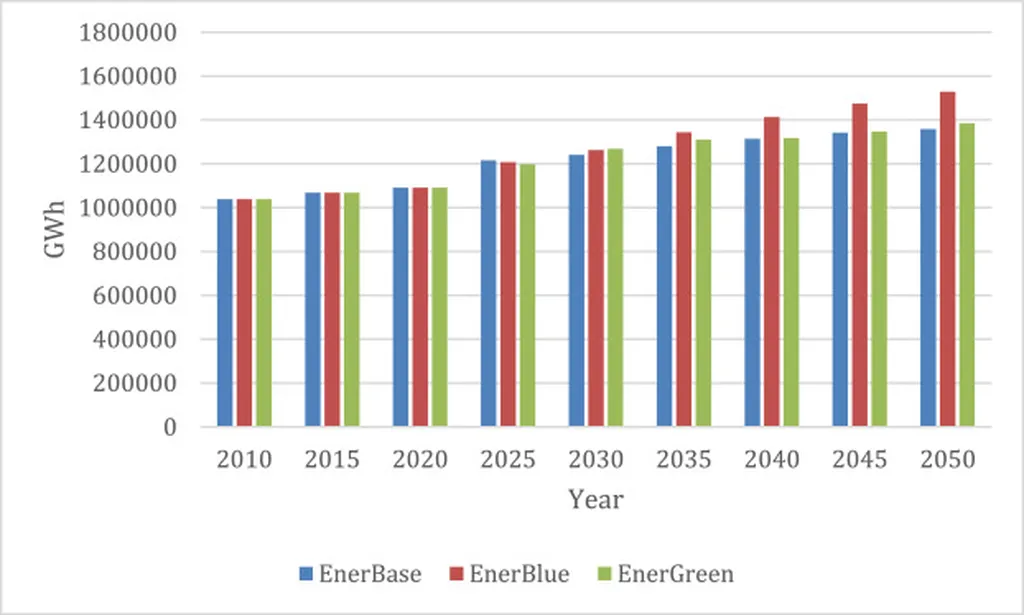In the heart of Russia, a groundbreaking study is reshaping how we understand and analyze environmental data, with significant implications for the energy sector. Alexander V. Zakharchenko, a researcher affiliated with an undisclosed institution, has published a compelling study in the journal “Известия Томского политехнического университета: Инжиниринг георесурсов,” which translates to “Izvestiya of Tomsk Polytechnic University: Engineering of Georesources.” The research delves into the efficiency and validity of cluster analysis for trace elements in snow cover dust, offering a fresh perspective on data standardization methods.
Zakharchenko’s study focuses on the microelement composition of snow in Tyumen, a city in Western Siberia, and compares it with background points over 10 kilometers away. The content of pollutants in snow cover serves as a mirror reflecting atmospheric air pollution, a critical concern for industries, including energy production. “The success of forming a classification tree of hierarchical cluster analysis depends on the data standardization methods used,” Zakharchenko explains. This statement underscores the importance of accurate data processing in environmental monitoring and analysis.
The research compares four methods of data standardization, assessing their effectiveness using an integral indicator of environmental pollution and the Calinski–Harabash index for validity. The findings reveal that the “Weight” method of weights (%) is the most effective in graphically displaying the geochemical spectrum, allowing for the identification of differences in the relative content of trace elements in urban and background conditions. “Standardization with a median and quantiles of 0.25 and 0.75 ‘Median’ is most effective,” Zakharchenko notes, highlighting the significance of choosing the right standardization method.
The implications of this research for the energy sector are profound. Accurate environmental monitoring is crucial for compliance with regulations, risk assessment, and sustainable practices. By improving the methods of data standardization and cluster analysis, industries can enhance their environmental impact assessments, leading to more informed decision-making and better resource management.
Zakharchenko’s study also compares the results with data from the Tomsk region, confirming the consistency and reliability of the findings. This cross-regional validation adds robustness to the research, making it a valuable resource for professionals in environmental science and related fields.
As the energy sector continues to evolve, the need for precise and reliable environmental data becomes increasingly critical. Zakharchenko’s research offers a significant step forward in this area, providing a framework for more accurate and efficient data analysis. The study’s findings could shape future developments in environmental monitoring, influencing policies and practices across various industries.
In conclusion, Alexander V. Zakharchenko’s research published in “Izvestiya of Tomsk Polytechnic University: Engineering of Georesources” represents a pivotal advancement in the field of environmental data analysis. By improving the methods of cluster analysis and data standardization, the study offers valuable insights for the energy sector and beyond, paving the way for more sustainable and informed decision-making.

